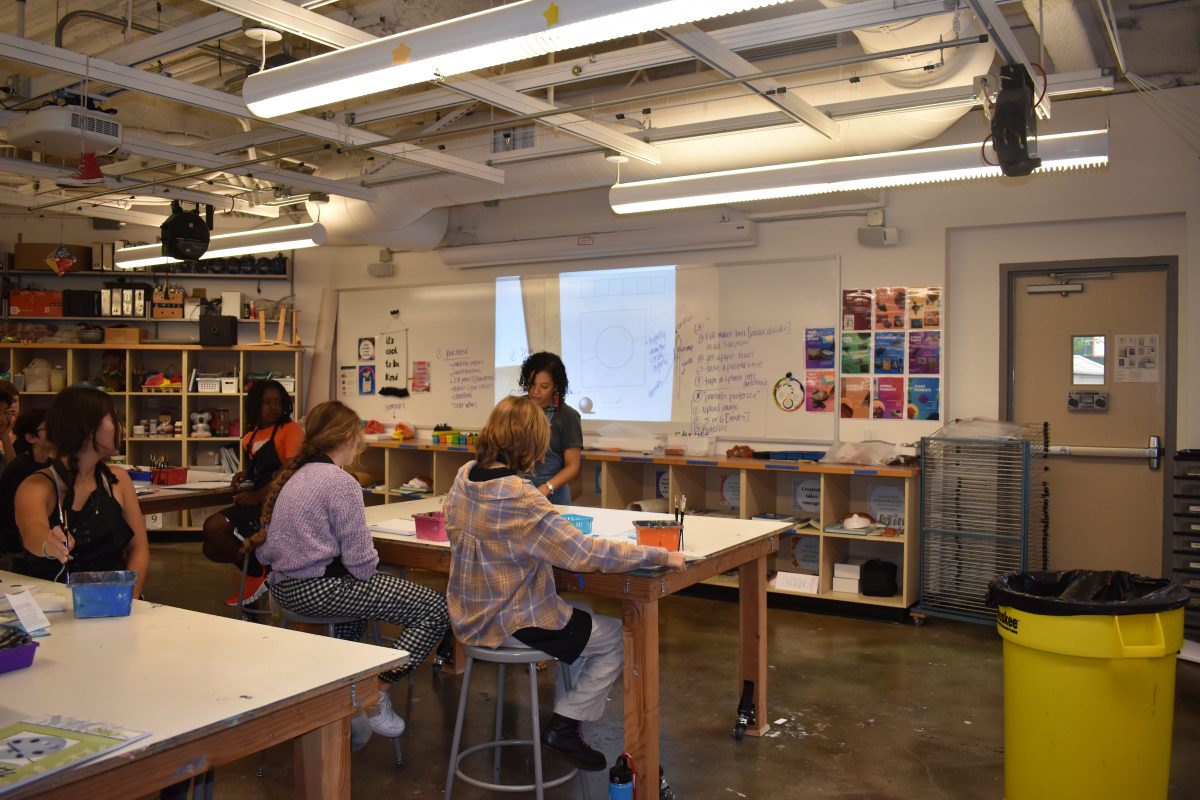By Rachel Brown ’20 and Emma Shapiro ’20

Although the Women’s March was roughly a month ago, we continue to view it as a successful way we fought back and resisted. Protests seem to be everywhere we turn nowadays, and they are making the public evermore present in the political stage. With the increasing of protests, it is important for one to decide for oneself whether they even matter or consider what these demonstrations might lead to.
Nearly 250,000 people gathered in 1963 to attempt to end segregation and earn equal rights in the Civil Rights March on Washington. This protest is often viewed as one of the most influential marches and led to the Civil Rights Act being passed. However, the size of the crowd itself did not cause the protest to be successful. Instead, it was the fact that citizens heard those speeches, went home and worked to achieve their cause.
In 1963 Hazel Mangel Rivers spent eight dollars, or 63.50 in today’s dollars, on an overnight bus from Birmingham, Alabama to Washington. Without the actions Rivers and countless others took after that March on Washington, we would not have the Civil Rights Act or the amount of equality we have today.
“When I get back tomorrow I’m going to do whatever needs to be done. I don’t care if it’s picketing or marching or sitting-in or what, I’m ready to do it,” Rivers said to a Times reporter at the protest in 1963.
When we look at successful protests, the Hollywood ending does not seem to happen until years after. This is because it is not the protest that causes change, but the lawmakers who are working behind the scenes. Protests influence citizens to push legislators to begin working for a certain cause, but without lawmakers nothing gets done. In 1913, women gathered to march in support of women’s rights and the right to vote. Although initially they did not make an impact, women were granted the right to vote seven years later. The demonstrations, now referred to as the Women’s Suffrage Parade of the 1913, sparked a series of political movements that later caused the government to change their previous views. Assuming that our situation is similar to theirs, the Women’s March hopefully started an idea in the government and gathered the popular support that will ultimately lead to achieving the end goal of equality.
While seen as an initial failure due to them not completing their goal, the Occupy Wall Street protest in 2007 created a movement that we still see today. Protests build up morale and energy to rally behind a cause, and once the numbers build and they get more exposure, the greater impact they make. Many can trace the energy from the 2007 marches to the supporting of Bernie Sanders. We saw this during the presidential election. It included social media advertising before the event took place, gathering more numbers like the Women’s March today.
Initial results of global movements may not have immediate change, but they slowly build and the movement grows, encouraging more people into following the popular mass. Especially since the Women’s March had a national turnout, that should help convince leaders to make a difference and support the cause. Protests are beneficial because they unite a group or large mass of people to show a certain stance on an issue that many individuals support. The larger the turnout and publicity, the more likely changes will be made.



